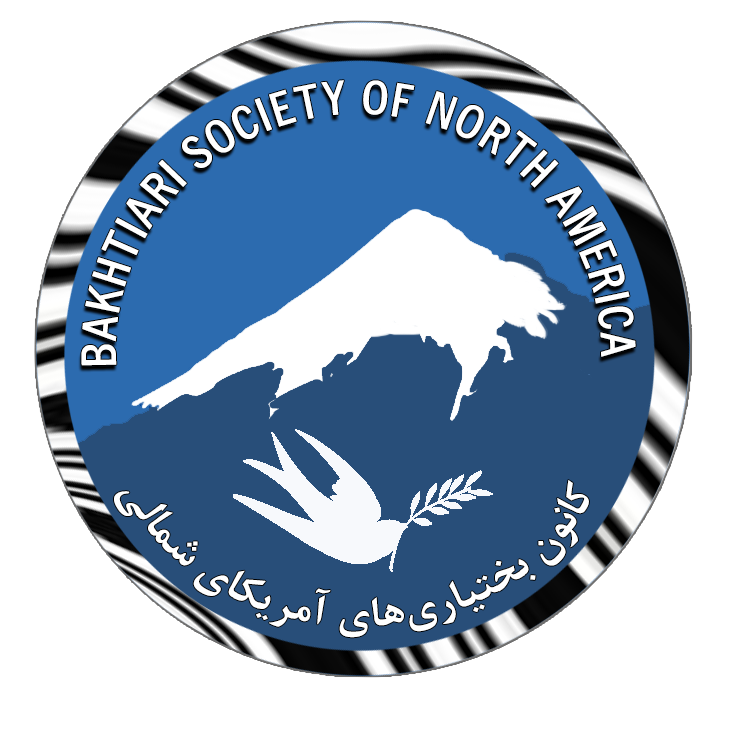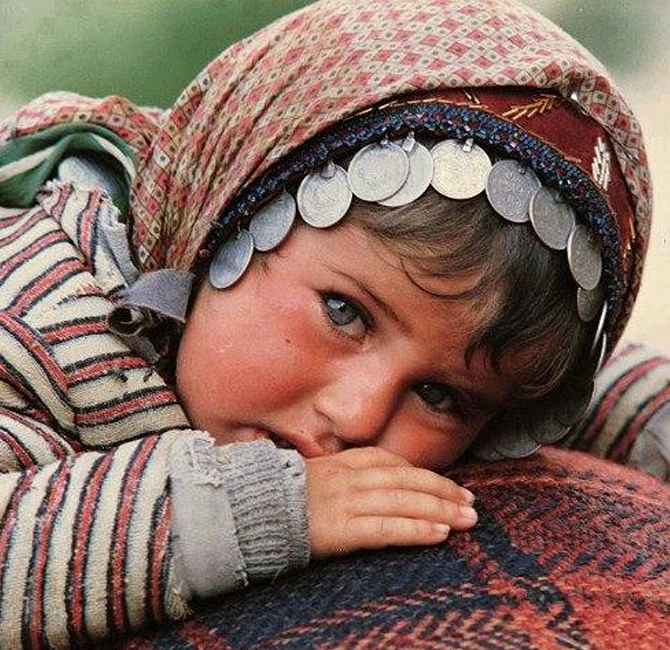
(From Wikipedia)
The Bakhtiari (Persian: بختیاری) are a southwestern Iranian tribe,[2] and a subgroup of the Lurs.[3] They speak the Bakhtiari dialect, a southwestern Iranian dialect, belonging to the Lurish language.[4][5][6][7]
Bakhtiaris primarily inhabit Chaharmahal and Bakhtiari and eastern Khuzestan, Lorestan, Bushehr, and Isfahan provinces. In Khuzestan, Bakhtiari tribes are concentrated primarily in the eastern part of the province in the cities of Masjed Soleyman and Andekah.
A small percentage of Bakhtiari are still nomadic pastoralists, migrating between summer quarters (sardsīr or yaylāq) and winter quarters (garmsīr or qishlāq).[8] Numerical estimates of their total population vary widely.
Origins
In Iranian mythology, the Bakhtiaris are considered to be descendants of Fereydun, a legendary hero from the Iranian national epic, Shahnameh. They are also considered to be directly descended from Cyrus the Great.[dubious – Needs discussion]
Genetics
According to research into NRY markers, the Bakhtiari, as with many other groups in Iran, show very elevated frequencies for Y-DNA haplogroup J2—a phenomenon that is probably, at least partially, attributable to the Neolithic diffusion of early farmers from the Near East c. 8000–4000 BCE.[9][10] The Southwest Eurasian haplogroups F, G, and T1a also reach substantial frequency among Bakhtiaris.[9]
Etymology
The term bakhtiari can be best translated as “companion of chance” or “bearer of good luck”[11] The term has deep Persian roots and is the result of two smaller words bakht and yar complied together . Bakht is the Persian word for “chance” and yar, iar, iari literally means “companion”.[11]
The latter designation largely relates to the nature of the tribe’s annual “migration”. This has to do with the harsh nature of Bakhtiari life and overcoming of countless difficulties that Bakhtiaris have faced in the Zagros ranges. In this sense, Bakhtiaris view themselves as a hardworking tribe, facing numerous obstacles everyday and yet fortunate enough to overcome each of these challenges as a solid unit.[11]
Nevertheless, the origins of Bakhtiaris are ancient and it may have very well been the case that the tribe underwent a series of name changes throughout its history. However It is mostly claimed that the designation “Bakhtiari” came largely into use some time in antiquity.[12]
History
Constitutional Revolution: In Iran’s contemporary history, the Bakhtiari have played a significant role; particularly during the advent of the country’s Constitutional Revolution (1905–1907).[13] This event was largely secured through the Bakhtari campaign, which eventually deposed Mohammad Ali Shah Qajar (r. 1907–1909).[14] The Bakhtiari tribesmen, under the leadership of the Haft Lang khans Sardar Assad and his brother Najaf Qoli Khan Bakhtiari- Saad ad-Daula (also referred to as Samsam-os Saltane), captured Tehran and, as a result, saved the revolution.[15][16] These events eventually led to the abdication of Mohammad Ali Shah Qajar (r. 1907–1909) in 1909 and his exile to Russia. This incident secured Saad ad-Daula the position of Prime Minister in the period that followed the abdication of the Qajar Shah. Nonetheless, with Russian backing, the Shah would soon return in 1911 by landing with a coalition of forces at Astarabad .[17] However, his efforts to reclaim his throne would bear no fruit.[17] In this sense, the Bakhtiaris played a critical role in saving the revolution from the Qajar forces.[14]
Pahlavi Period:
With the expansion of Bakhtiari influence, urban elites (particularly in Tehran) began to worry in regards to a potential Bakhtiari takeover of Persia’s affairs. Prior to this point, the Bakhtiari had largely remained within their own territorial boundaries. The Bakhtiari influence would continue to play an important role within the early 20th century politics of Iran. Reza Shah Pahlavi (r. 1925–1941) made the destruction of the Bakhtiari influence his mission.[18] The existence of oil on Bakhtiari territory further motivated the Pahlavi monarch to undermine the autonomy of the tribe and force its population to adhere to the commands of the central government.[18]
Reza Shah Pahlavi would eventually execute a few noteworthy tribal leaders to crush Bakhtiari autonomy and maintain control over the tribe. Amongst the executed Khans was Mohammad Reza Khan (Sardar-e-Fateh), the father of what later became the Pahlavi Prime Minister Shapour Bakhtiar.[19] The latter event was a turning point for Bakhtiari and their rise within Iranian politics.[19]
(Read More on Wikipedia)




